Flower Meanings
Lily


The Meaning of Lilies
The lily has many different meanings, many of which revolve around religion.
Christianity: In the Christian tradition, the lily is known as a symbol of innocence and purity. Many works of Christian art portrayed the lily – but most were found in paintings. The lily is also often associated with the Virgin Mary as her tomb was artfully adorned with white lilies after her death. The lily’s many different parts were actually personified by attributing the Virgin Mary’s features to them.
- The leaves symbolized her modesty
- White petals represented innocence and purity
- The stem was considered to be the symbol of her religious nature.
In Anglican churches in England, the lily was used as a unique symbol – a lily crucifix. In the Anglican tradition, Jesus is often displayed holding a lily plant or crucified on a lily. Although few, these depictions set their roots in the medieval belief that Jesus’s annunciation and crucifixion took place on the same day of the same year.
The Fleur-de-Lis: The Fleur-de-Lis or Three-Petal Lily, originated in France and represented prosperity and royalty. The 3 petals of the lily are often used to display a trinity symbol of Hope, Faith, and Charity.
Buddhism: In Buddhism, the tiger lily symbolizes mercy, compassion, and aggressive traits associated with the feminine nature. The water lily, on the other hand, while it doesn’t fall under the same family as other lilies, it is still recognized as a lily at the end of the day, and has significance in both Buddhism and Hinduism. The water lily represents the soul’s enlightenment and purity since it blooms or emerges from the mud.
Of course, we couldn’t skip over a little mythology:
According to Greek mythology, people regarded the lily as a symbol of sexuality. It also had an important role to play in many old folktales. Old wives were said to approach an expectant mother with a lily and rose flower. The lily would symbolize a boy, and the rose a girl. If the mother picked the rose, it would be a baby girl, and if she chose the lily, a baby boy.
According to Roman Legend, when Venus, the goddess of love, rose from the water and saw a lily, she became envious of its beauty. She couldn’t stand by and allow herself to feel threatened by this bloom (who could blame her?), so she gave the flower an additional element – a large, long pistil at its center in the hope that by doing so, she would make the flower less attractive.
The lily is also represented as a proclamation of love and lust, which is also represented by Venus. [1]
Lily Color Meanings
There are many flowers that have just one meaning, but the lily has many meanings depending on its color… and it has a lot of color varieties! Here are just a few different colors and what their lily color meaning is:
- White lilies are the symbol of purity, innocence, tranquility, and humility.
- Red lilies portray love, ardor, and affection for your loved ones.
- Pink lilies represent wealth, youth, vigor, and joy.
- Orange lilies stand for happiness, love, and warmth. [1]
What Do Lilies Smell Like?
Most lilies are known for their strong, sweet perfume. The variety of lily you choose will determine how strong their scent. For example, Asiatic Hybrid Lilies are unscented while Lilium pomponium are so fragrant that many refuse to keep them indoors. [6]
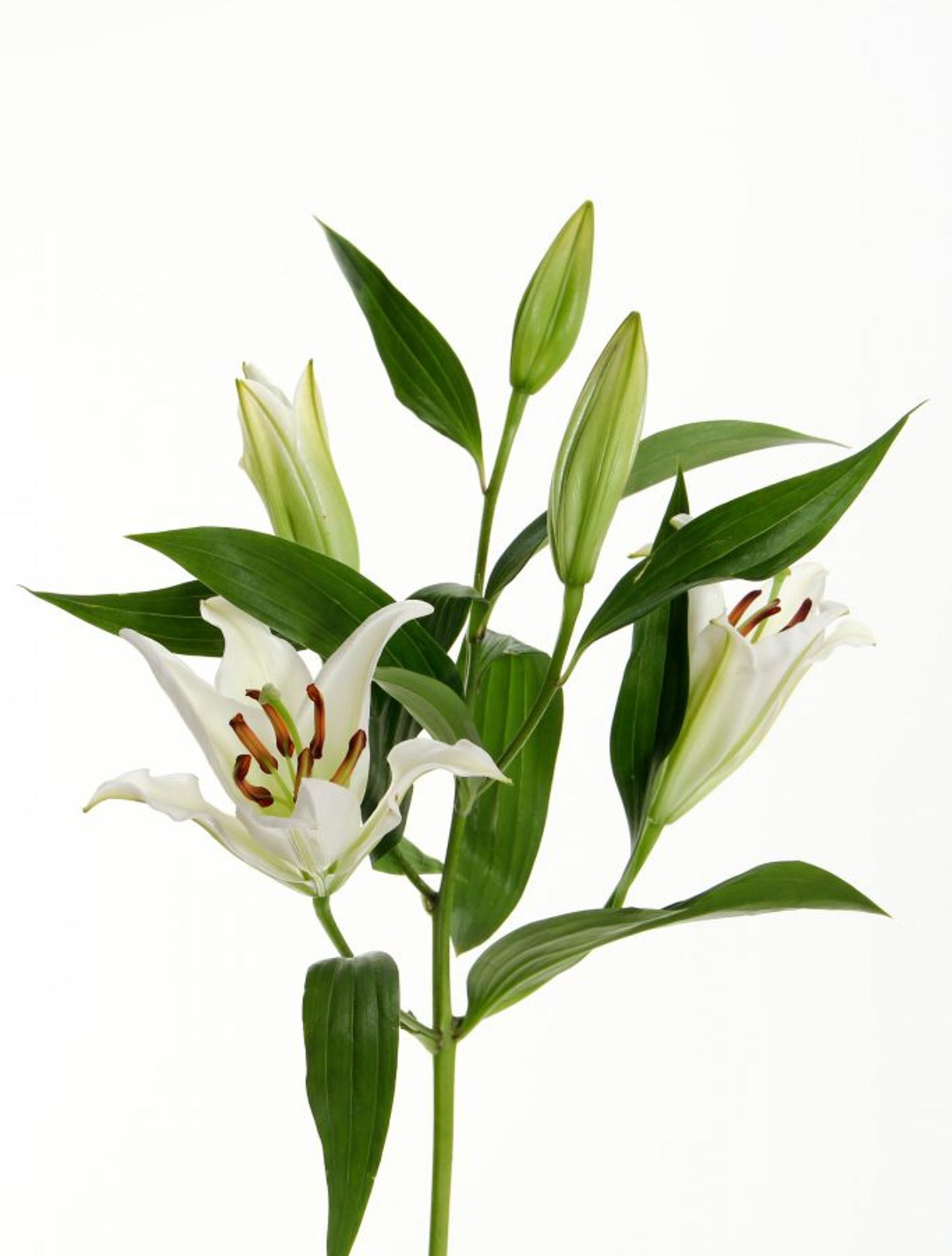
"A lily or a rose never pretends, and its beauty is that it is what it is."
Jiddu Krishnamurti
The History of the Lily
There are between 80 – 100 species of lilies, most native to the Northern Hemisphere in Asia, Europe, and North America. Their big leafy blooms are known for their bold beauty and fragrant scent. We touched a bit on the lily’s symbolism earlier, but let’s dig a little deeper, shall we?
The lily was considered sacred in the Minoan civilization, and a painted image of one dating back to about 1580 B.C. was found in Crete!
As we know, the lily is mentioned in Christian theology. In the Old and New Testaments of the Bible, the lily is used as a symbol of purity and chastity.
It was also a representation of death and symbolized the loss of innocent children and the martyrdom of saints.
Throughout the Victorian era, European plant explorers, mostly British, scoured the globe for fresh new plants and discovered many new species of lily. One of the first was an Irish doctor turn botanist and explorer named Augustine Henry. Originally more interested in finding medicinal plants in the Orient, he became captivated by the search for exotic flowers. The orange Lilium henryii, or Henry’s lily, is named after him!
Another famous plant explorer was an Englishman named E.H. Wilson, who found so many plants in China that he actually earned the nickname “Chinese Wilson.” One of his most known discoveries was the white Lilium regale or the regal lily.
The Easter lily, or Lilium longiflorum, is a native of Japan. Production in the U.S. began when an Oregan soldier named Louis Houghton returned home from World War I with some of the bulbs and shared them with fellow gardeners. At the beginning of WWII, Asian sources were cut off, and lily growers became scarce and expensive. American lily nursery production skyrocketed as a result. By 1945, 1,200 lily growers were in business along the West Coast.
Before they were hybridized, lilies were considered rare and difficult to grow. Jan de Graaff, a Holland native who started the Oregon Bulb Farms in 1934, was responsible for many of the dependable hybrids we see on the market today. [2]
DID YOU KNOW - Lily Fun Fact
Lily is not poisonous for humans. It is actually widely used in traditional Asian medicine for the treatment of depression and certain types of toxicities. They are, however, poisonous to cats so keep them away from your furry feline friends! [5]
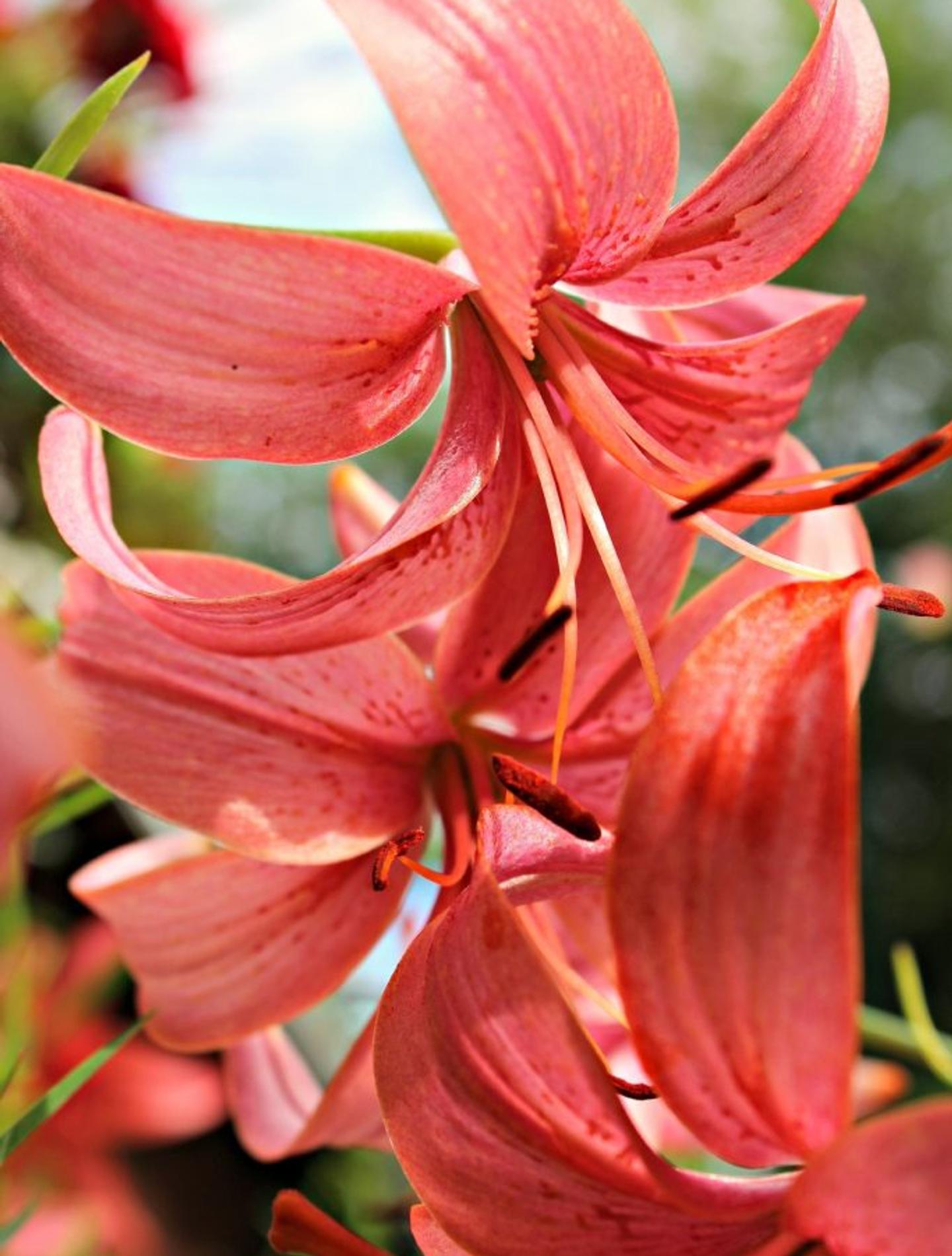
How to Grow Lilies
If you’re looking to start growing some lilies on your own, we got you.
Loved by gardeners everywhere, these blooms look like they could be a bit high maintenance, but they’re actually pretty easy to grow!
They aren’t particular about soil type or pH, and they grow well in full sun, partial sun, and light shade!
Some tips to follow:
- Plant your lilies as soon as you get them, either in the fall or spring. (They tend to dry out quickly in storage).
- Plant in well-draining soil. Dig about 12 inches, removing any rocks, and add a bit of organic matter, such as leaf mold or peat moss, to improve the soil’s structure and drainage. Once the bulbs have begun to display green leaves, sprinkle a complete organic fertilizer around the plant and water it in.
- Spread an organic mulch around your lilies to keep the soil moist and cool (compost, well-rotted manure, or a longer-lasting mulch like bark mulch or wood chips.
- Cover the bed in the winter with straw or evergreen boughs to protect them from freeze-thaw cycles.
- During the flowering season, remove spent blooms but try not to cut off more than a third of the stem to prevent any reduction in the plant’s longevity. [3]
DID YOU KNOW - Lily Fun Fact
The lily is ranked as the 4th most popular flower across the globe! [5]
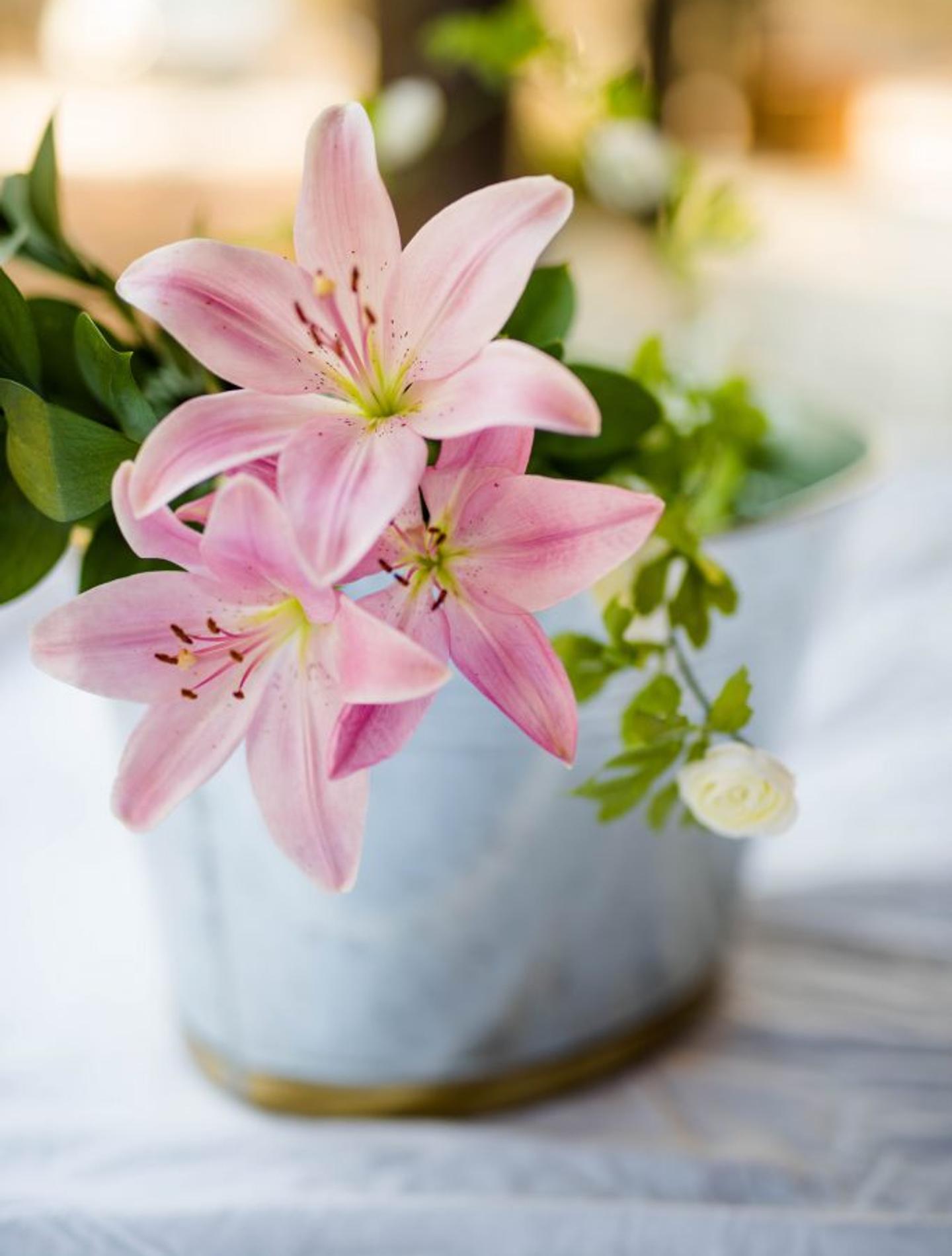
How to Care for Lilies
Lilies make a fantastic bouquet with their big trumpet-shaped blooms. If you’re looking to make a big impression, they’re your guys…or gals.
Depending on the variety, each stem can have up to eight buds that open from the bottom of the stem up. This is perfect for keeping them beautiful and blooming for extended periods.
The way you care for your lilies, whether you cut them from your garden or purchase them from your local florist, can make the difference between enjoying them for a few days or over two weeks!
- Fill your sink or a bucket with lukewarm water and remove the lilies from their vase, placing the stems in the water.
- Cut 1-2 inches from the bottom of each stem at a 45-degree angle with a sharp knife, keeping the stems underwater while you cut. Cutting them at a diagonal will give more surface area to the cut end, and cutting underwater prevents air bubbles from blocking water from being pulled up the stem, keeping your flowers hydrated!
- Strips the leaves that will be under the water level once you but them back in the vase. Leave at least 4 sets of leaves above the water line to provide nutrition to the lily buds that still need to open and help draw water up into the stem to keep the blooms fresh. Leaves left underwater can rot, creating bacteria in the water that can block water from being pulled up the stem and make the water cloudy.
- Fill a clean vase with water and add in a packet of floral preservative.
- Place your flowers back in the vase and keep them in a cool area away from direct sunlight and drafts!
- Pro Tip: Clip the anthers from your blooms once they open to keep the pollen from staining anything.
Remove leaves and flowers as they begin to fade, change the water every two days, and enjoy your fresh lilies! [4]
When to Send Lilies as a Gift
While commonly known as a funeral flower or the 30th anniversary flower, lilies make the perfect addition to any floral arraignment! Send lilies to say “I love you,” “I miss you,” and “I care about you!” Not to mention, they smell as beautiful as they look!

References:
- 1 - Garden Nerdy
- 2 - Garden Guides
- 3 - Gardeners
- 4 - Home Guides
- 5 - Just Fun Facts
- 6 - Gardenia
Flower Meanings — keep discovering

Iris
Who doesn’t want to feel like royalty? The iris is an age-old flower of stature and wealth, dating back to ancient Egyptian palaces, and a sure-fire way to make your home feel like a palace, too. So it’s simple: add some irises to your studio apartment and, voila! your very own chateau.
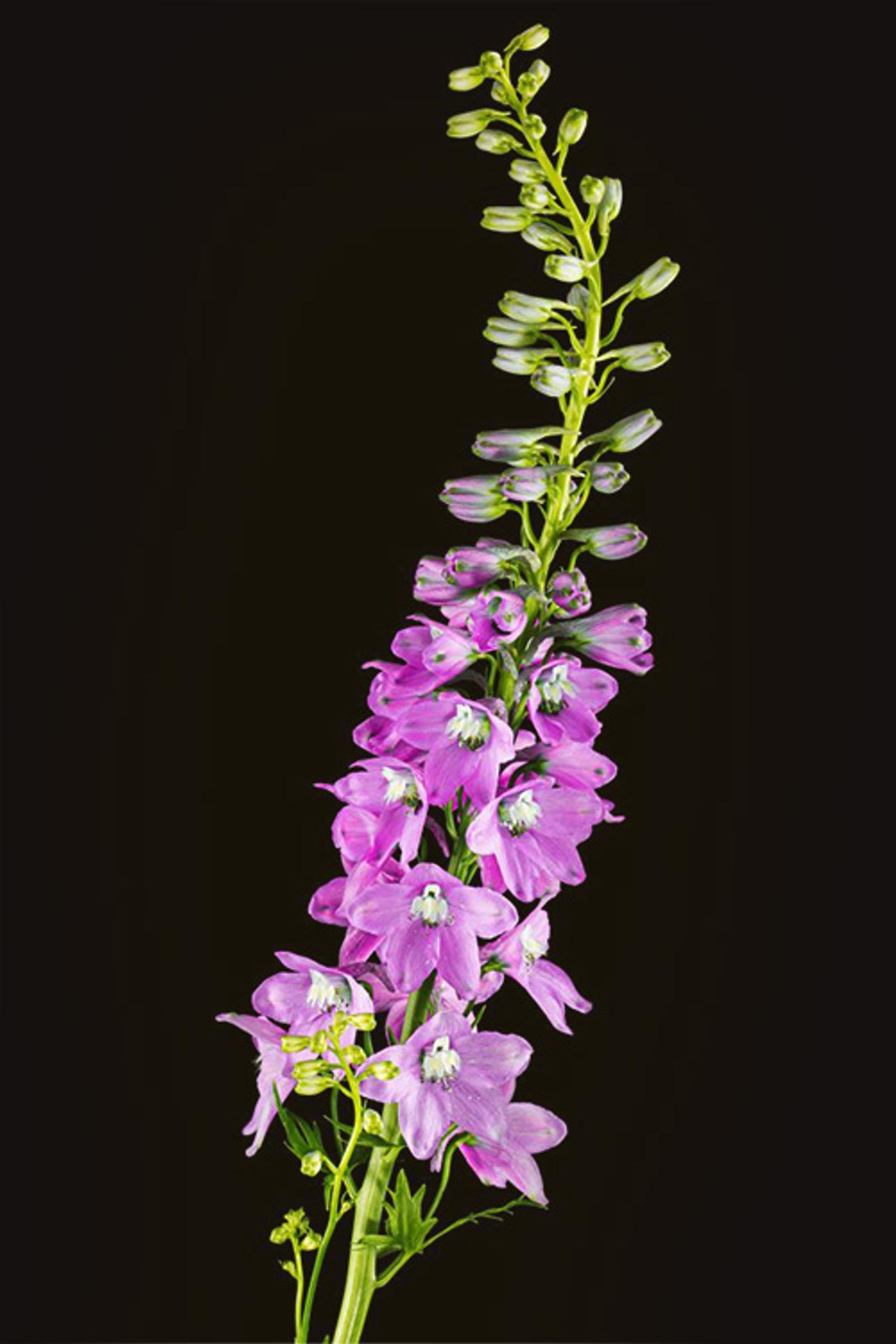
Larkspur
Larkspur is a member of the Ranunculaceae family and is native to the Northern Hemisphere and the mountains of tropical Africa. Pro Tip: Don’t let your eyes fool you! While undoubtedly beautiful, Larkspur is toxic to humans and livestock.
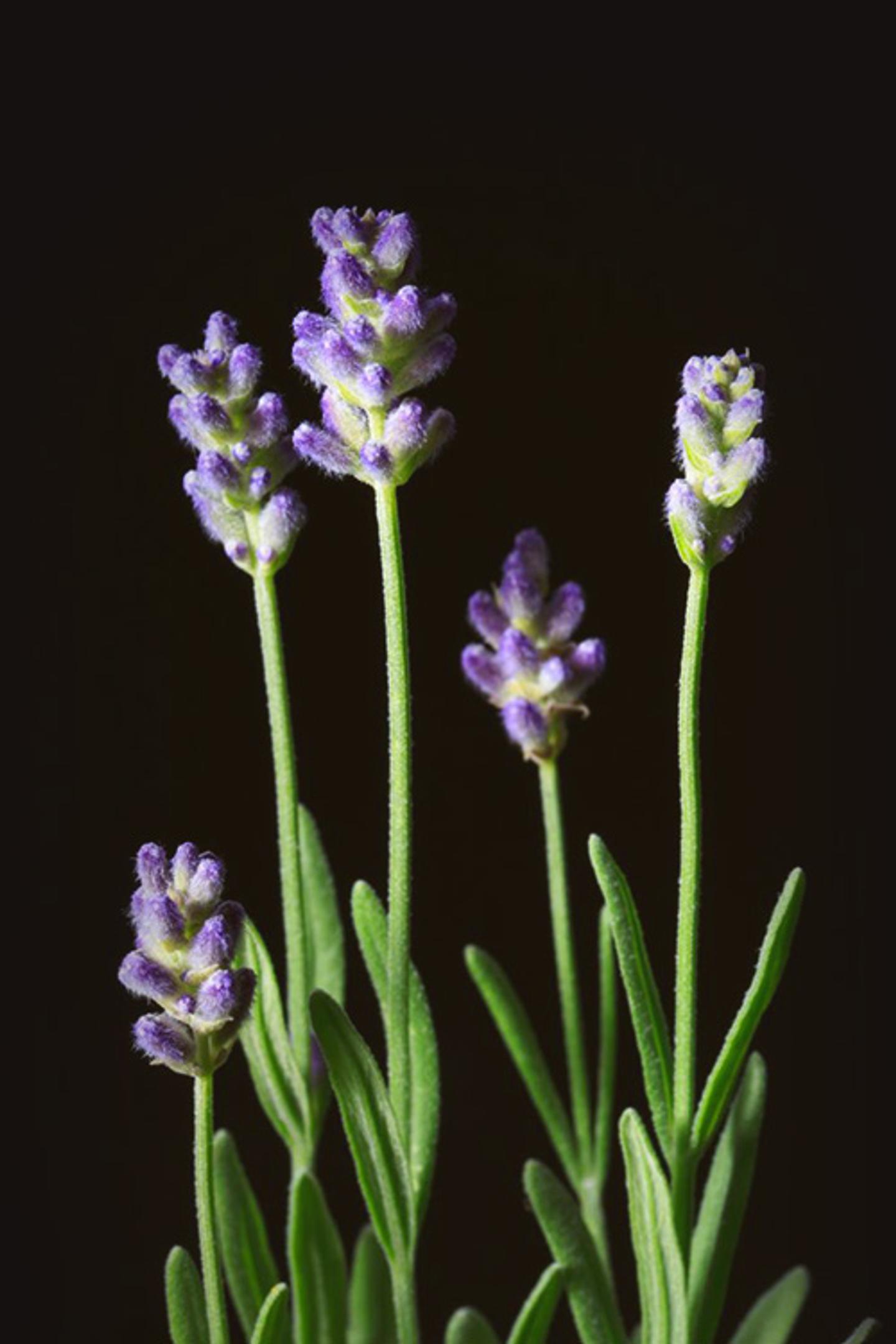
Lavender
A part of the mint family, the perfumy bloom we all know and (hopefully) love, we’re talking about lavender!
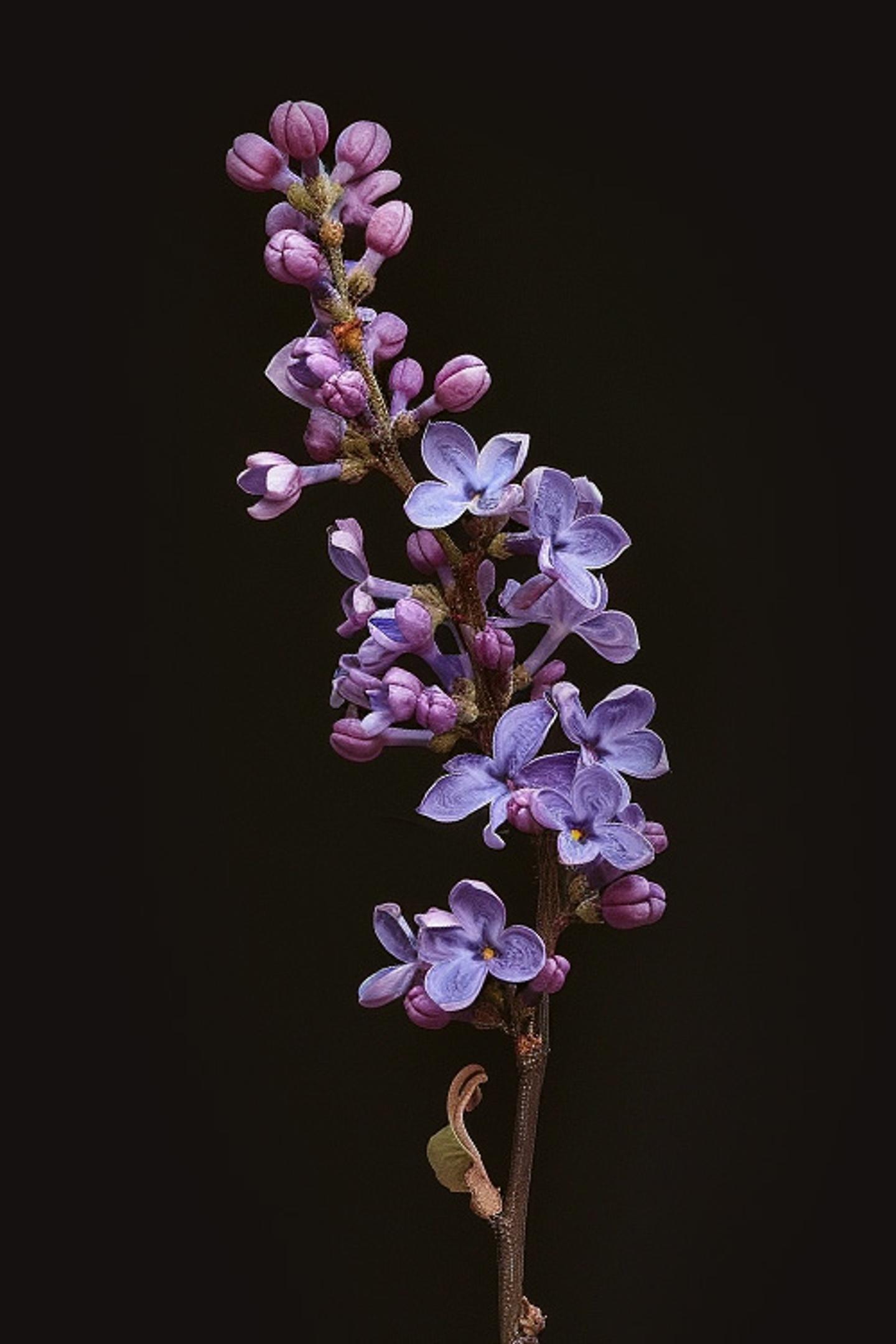
Lilac
Just when winter starts to feel like an endless Game of Thrones episode—boom!—suddenly the lilac blooms and you know that spring is here. This fragrant favorite gets the season started, with a scent that never fails to make us nostalgic for young love.

Iris
Who doesn’t want to feel like royalty? The iris is an age-old flower of stature and wealth, dating back to ancient Egyptian palaces, and a sure-fire way to make your home feel like a palace, too. So it’s simple: add some irises to your studio apartment and, voila! your very own chateau.

Larkspur
Larkspur is a member of the Ranunculaceae family and is native to the Northern Hemisphere and the mountains of tropical Africa. Pro Tip: Don’t let your eyes fool you! While undoubtedly beautiful, Larkspur is toxic to humans and livestock.

Lavender
A part of the mint family, the perfumy bloom we all know and (hopefully) love, we’re talking about lavender!

Lilac
Just when winter starts to feel like an endless Game of Thrones episode—boom!—suddenly the lilac blooms and you know that spring is here. This fragrant favorite gets the season started, with a scent that never fails to make us nostalgic for young love.
Ready to send beautiful flowers?
Our guided experience helps you send a one-of-a-kind arrangement perfect for every occasion.
Send Flowers